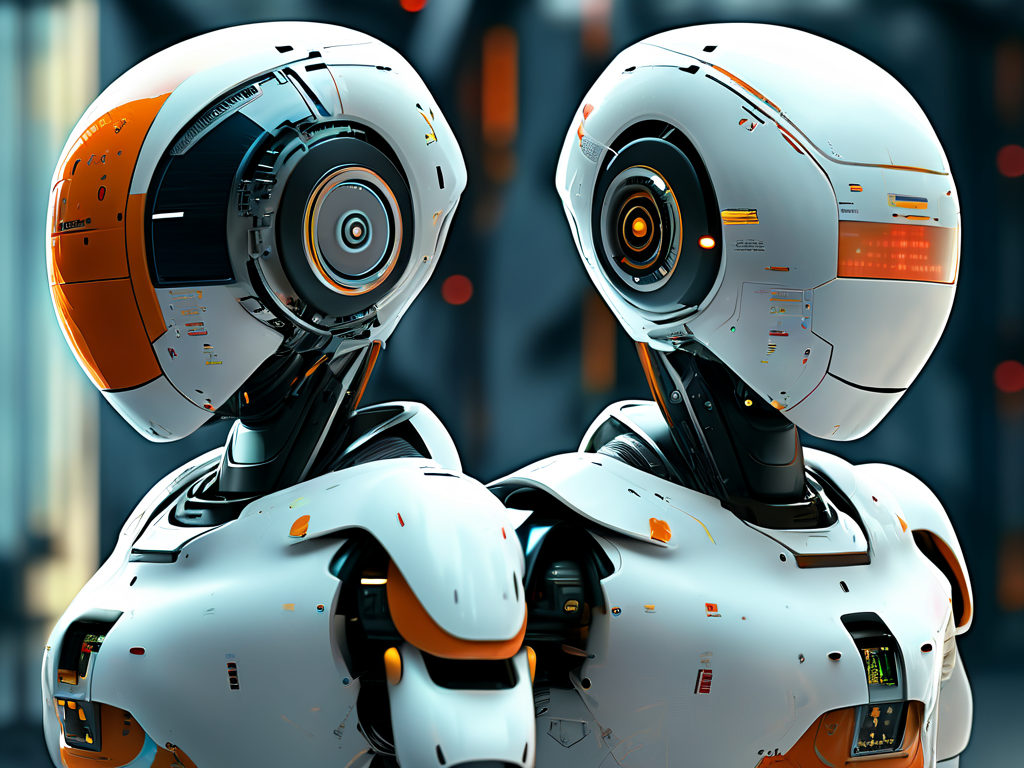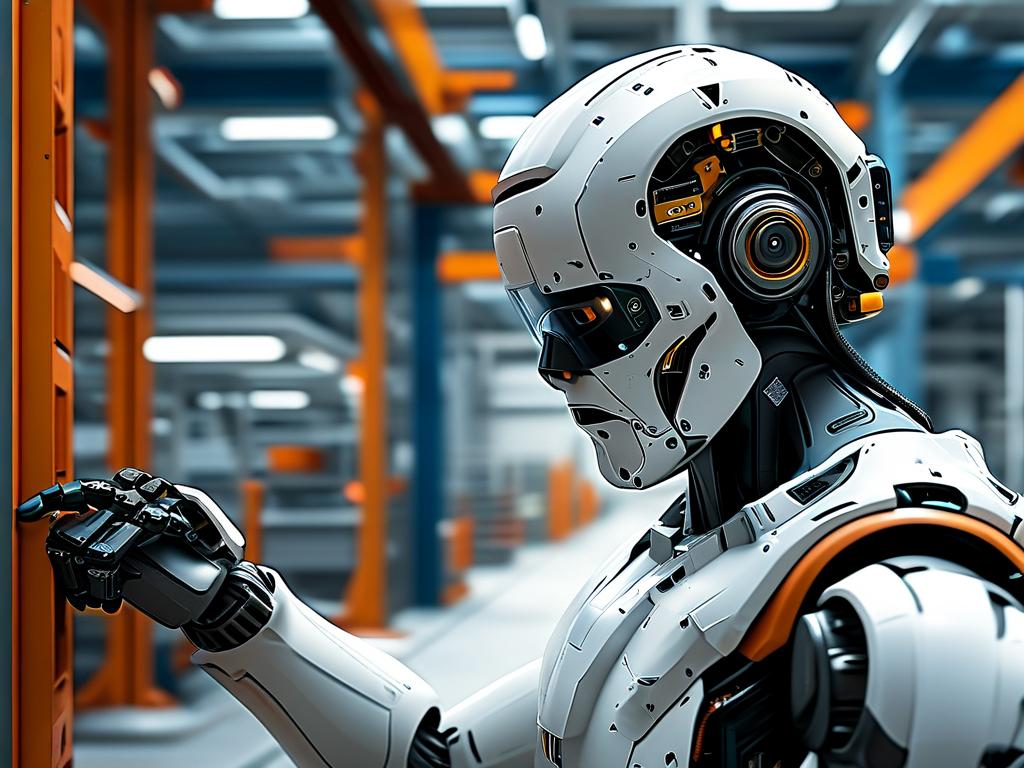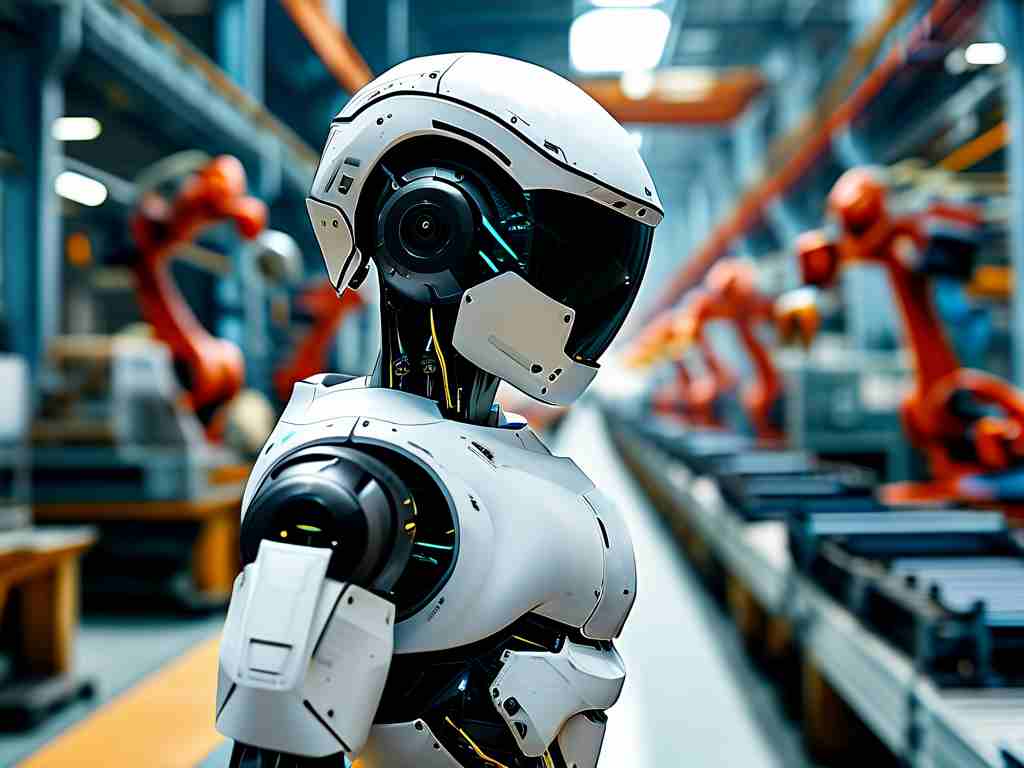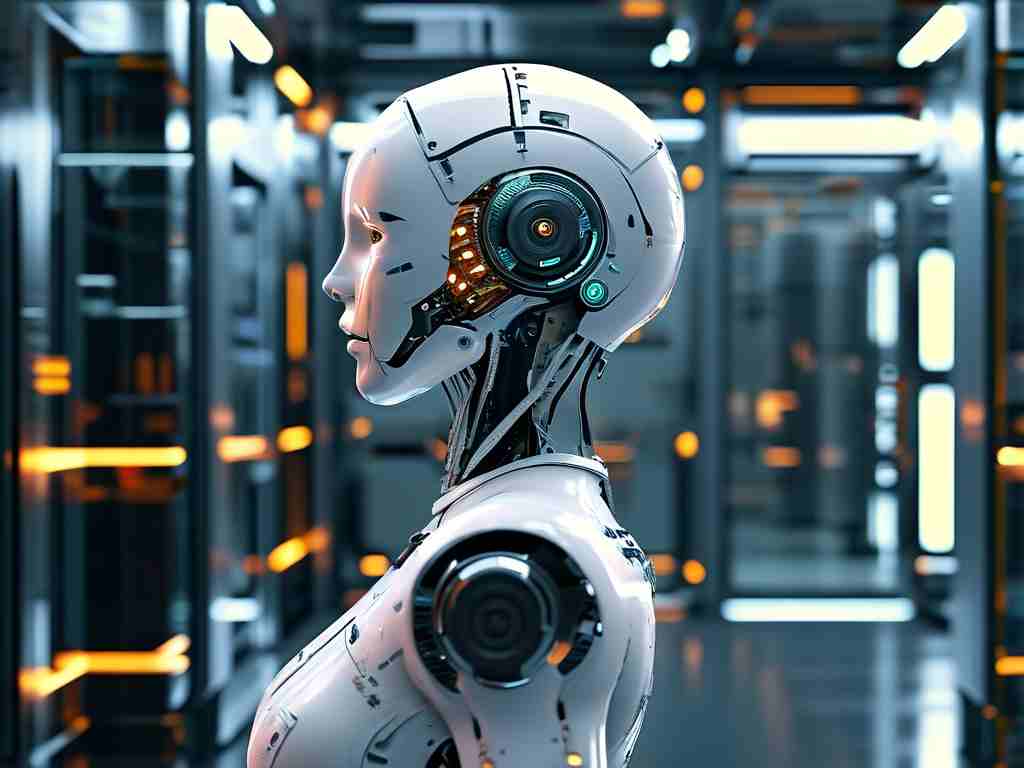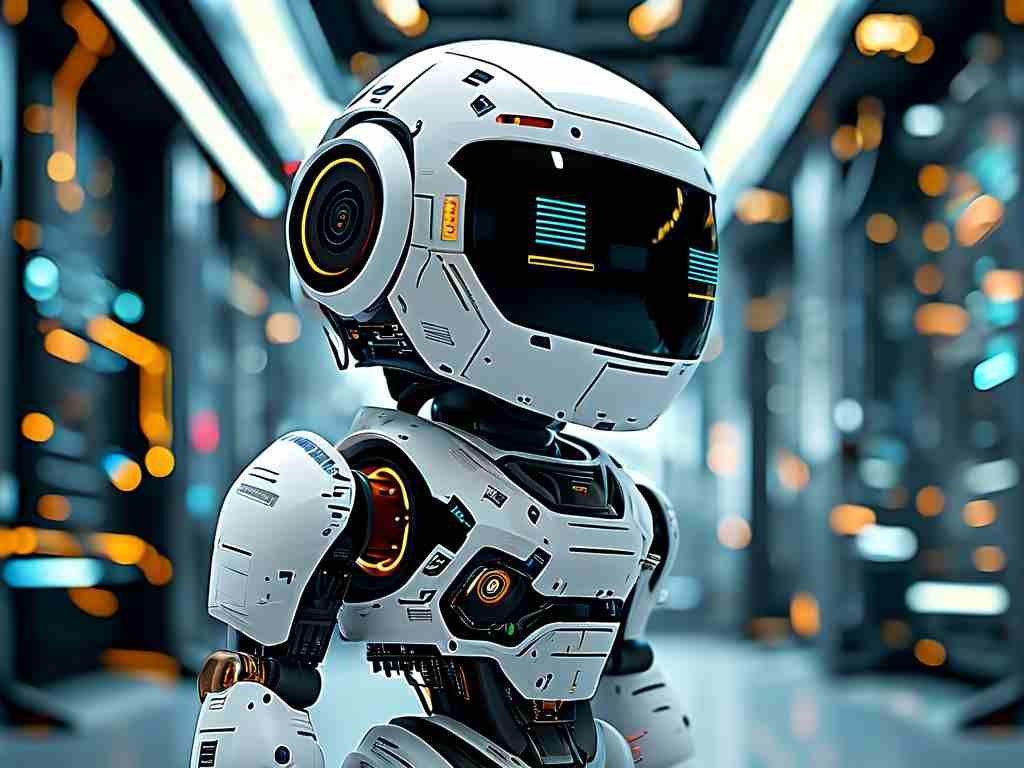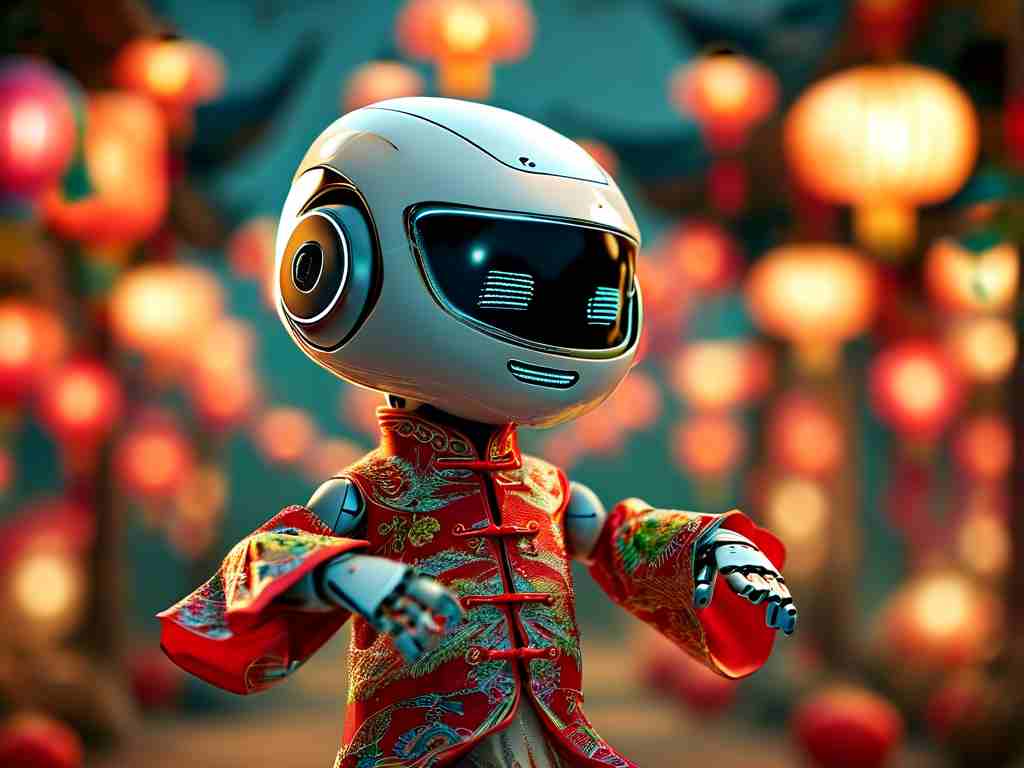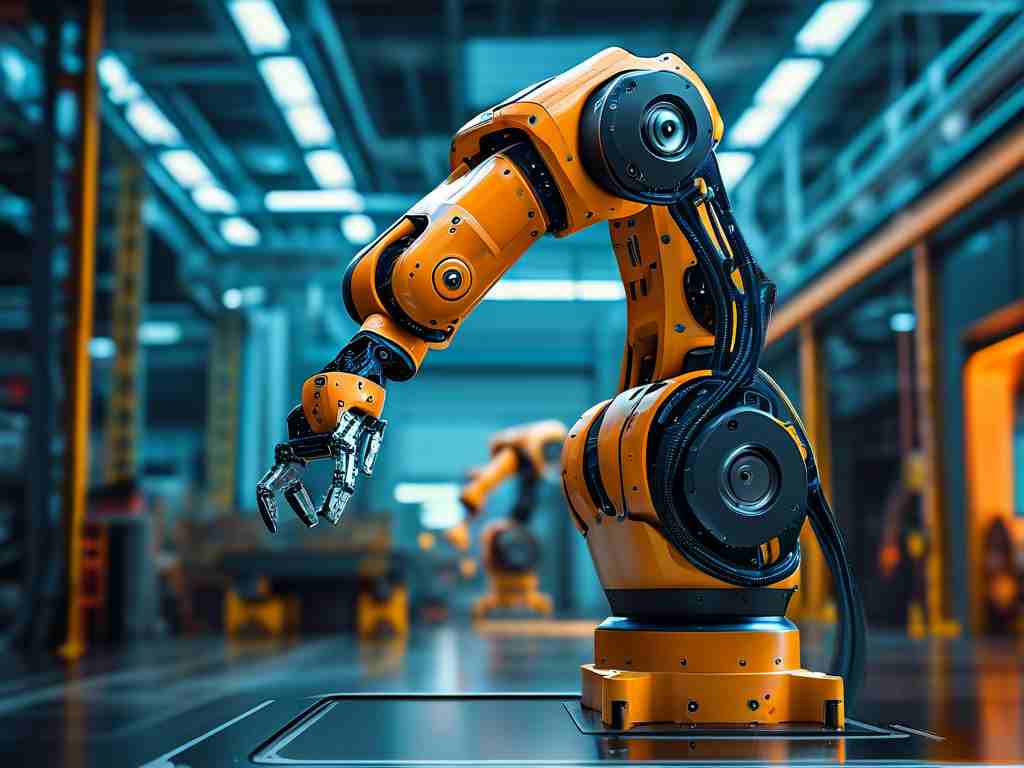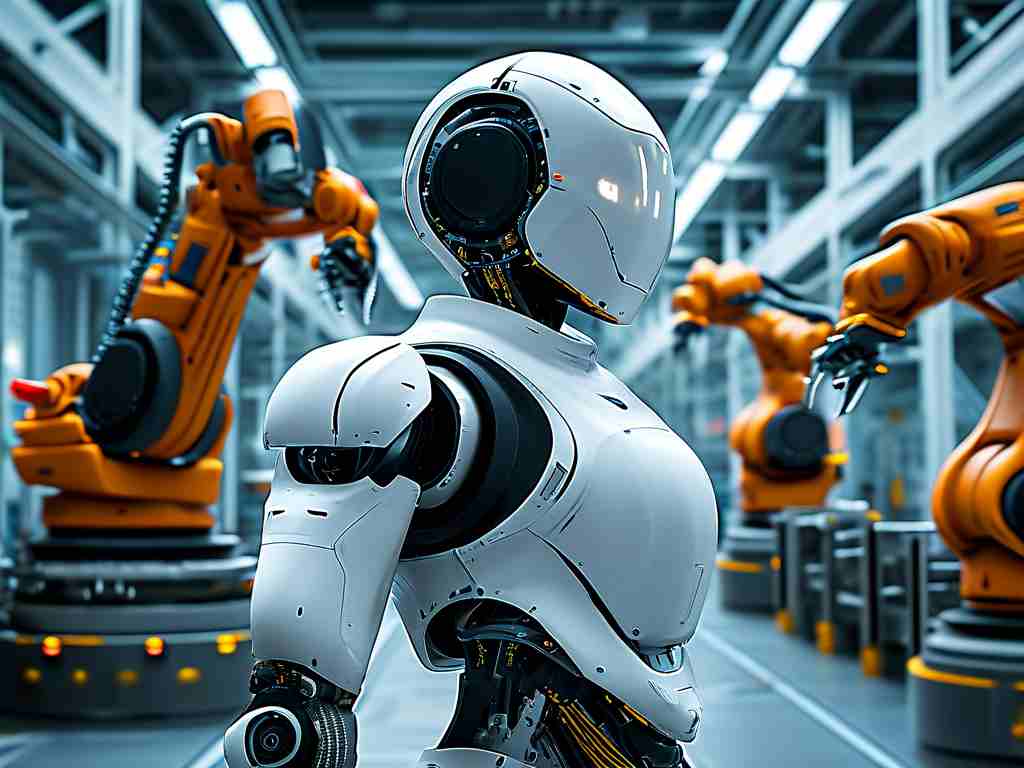The convergence of information technology (IT) and robotics has revolutionized how machines perceive, process, and interact with the physical world. From industrial assembly lines to personalized healthcare systems, IT-driven robotics solutions are reshaping industries while raising new questions about ethics, security, and human-machine collaboration.
Foundations of IT-Enhanced Robotics
Modern robots rely on three core IT pillars: sensor networks, machine learning algorithms, and real-time data processing. Advanced LiDAR and 3D vision systems, powered by edge computing architectures, enable robots to map environments with sub-millimeter precision. For instance, Boston Dynamics' Atlas robot demonstrates how sensor fusion—combining inertial measurement units with camera feeds—achieves dynamic balance even on uneven terrain.
In manufacturing, programmable logic controllers (PLCs) integrated with cloud-based analytics platforms allow collaborative robots (cobots) to adapt workflows autonomously. A 2023 study by the International Federation of Robotics revealed that IT-enabled cobots reduced production errors by 42% in automotive plants compared to traditional assembly systems.
Sector-Specific Transformations
-
Healthcare Robotics: Surgical systems like the da Vinci platform now incorporate AI-driven tremor filtration and augmented reality overlays. At Johns Hopkins Hospital, machine learning models trained on 15,000+ surgical videos improved robotic instrument trajectory planning by 31%, reducing procedure times.
-
Agricultural Automation: IT-powered agricultural robots combine multispectral imaging with soil sensors to enable precision farming. Blue River Technology's "See & Spray" robots, using convolutional neural networks, decreased herbicide usage by 90% in cotton fields while maintaining crop yield.
-
Space Exploration: NASA's Perseverance rover exemplifies how IT extends robotic capabilities in extreme environments. Its autonomous navigation system processes terrain data at 256 GFLOPs while operating on radiation-hardened FPGAs, enabling independent route planning on Mars.
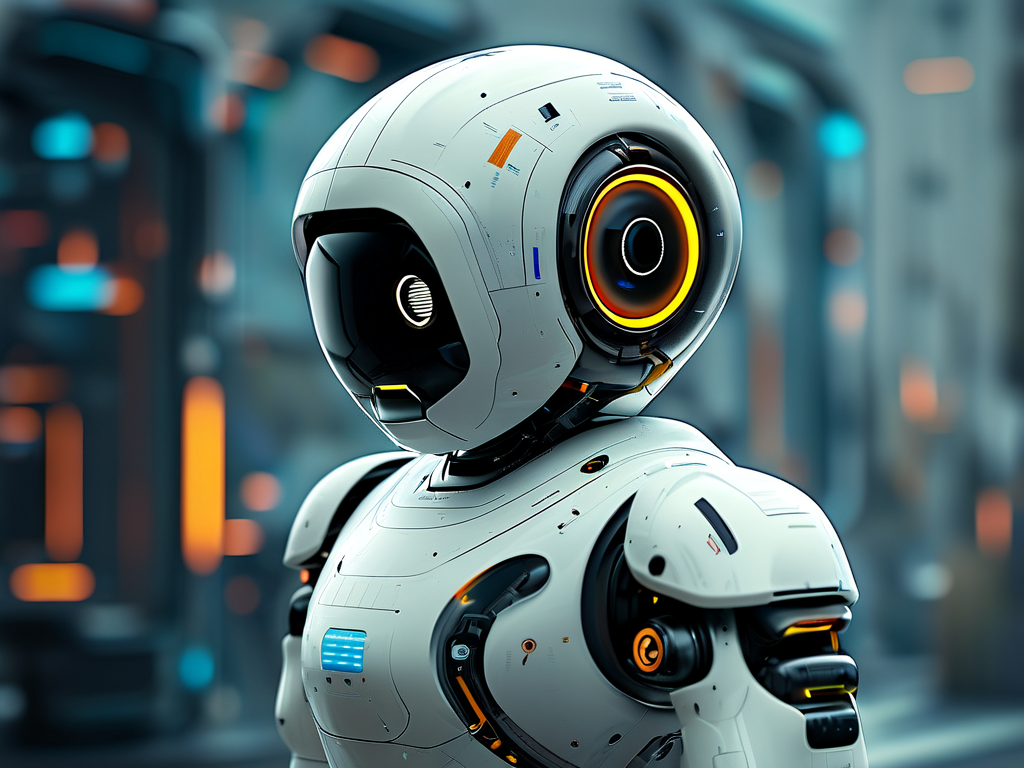
Emerging Challenges
As robotics systems grow more interconnected through IoT frameworks, cybersecurity becomes paramount. A 2024 penetration test by Palo Alto Networks exposed vulnerabilities in 68% of industrial robots using legacy TCP/IP protocols. Manufacturers are now adopting blockchain-based firmware verification and quantum-resistant encryption to harden systems.
Ethical considerations also intensify. The EU's draft AI Act mandates "explainability requirements" for autonomous robots in public spaces, pushing developers to create transparent decision-making algorithms. Meanwhile, workforce displacement concerns persist—a McKinsey report estimates that 19% of manual jobs could be automated by 2030, necessitating new vocational training paradigms.
Future Directions
Next-generation robotics will leverage 5G slicing and neuromorphic computing to achieve human-like responsiveness. Researchers at MIT recently demonstrated a robotic hand capable of manipulating micro-scale objects using event-based cameras that mimic retinal processing. In parallel, digital twin technology enables virtual testing of robotic systems under millions of simulated scenarios before physical deployment.
The integration of large language models (LLMs) into service robots presents intriguing possibilities. Toyota's HSR-2 prototype now interprets natural language commands like "Organize the lab supplies by frequency of use" through fine-tuned GPT-4 architectures. However, energy efficiency remains a hurdle—current LLM-powered robots consume 3.2x more power than traditional systems during complex tasks.
Information technology has transformed robotics from rigid, single-task machines into adaptive, cognitive systems. As these technologies mature, balancing innovation with responsible implementation will define their societal impact. The coming decade will likely witness robots transitioning from tools to collaborative partners, fundamentally altering how humans work, heal, and explore.
